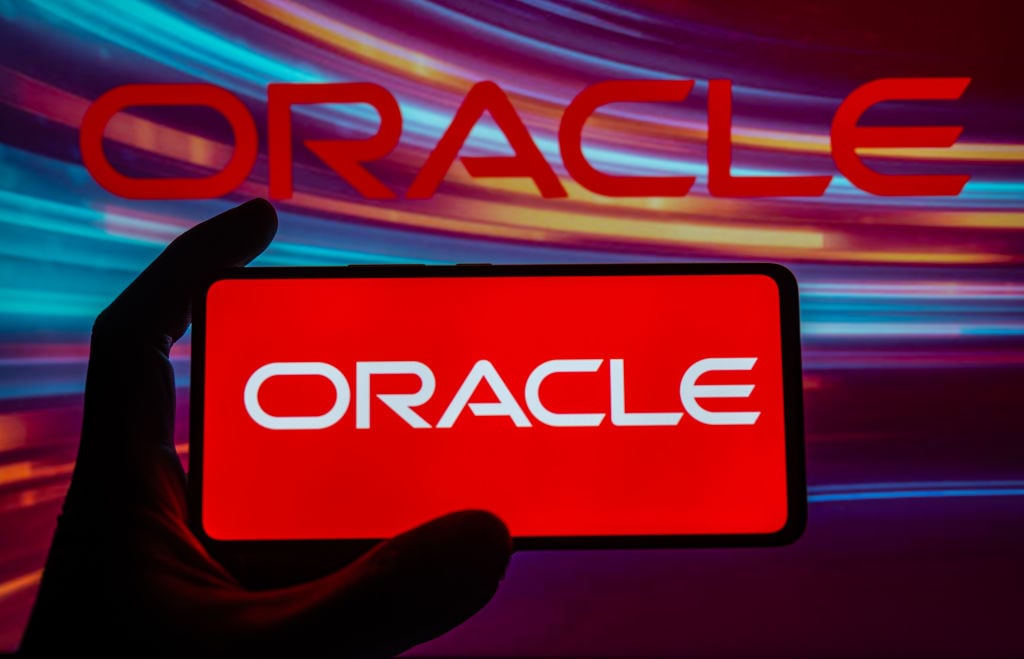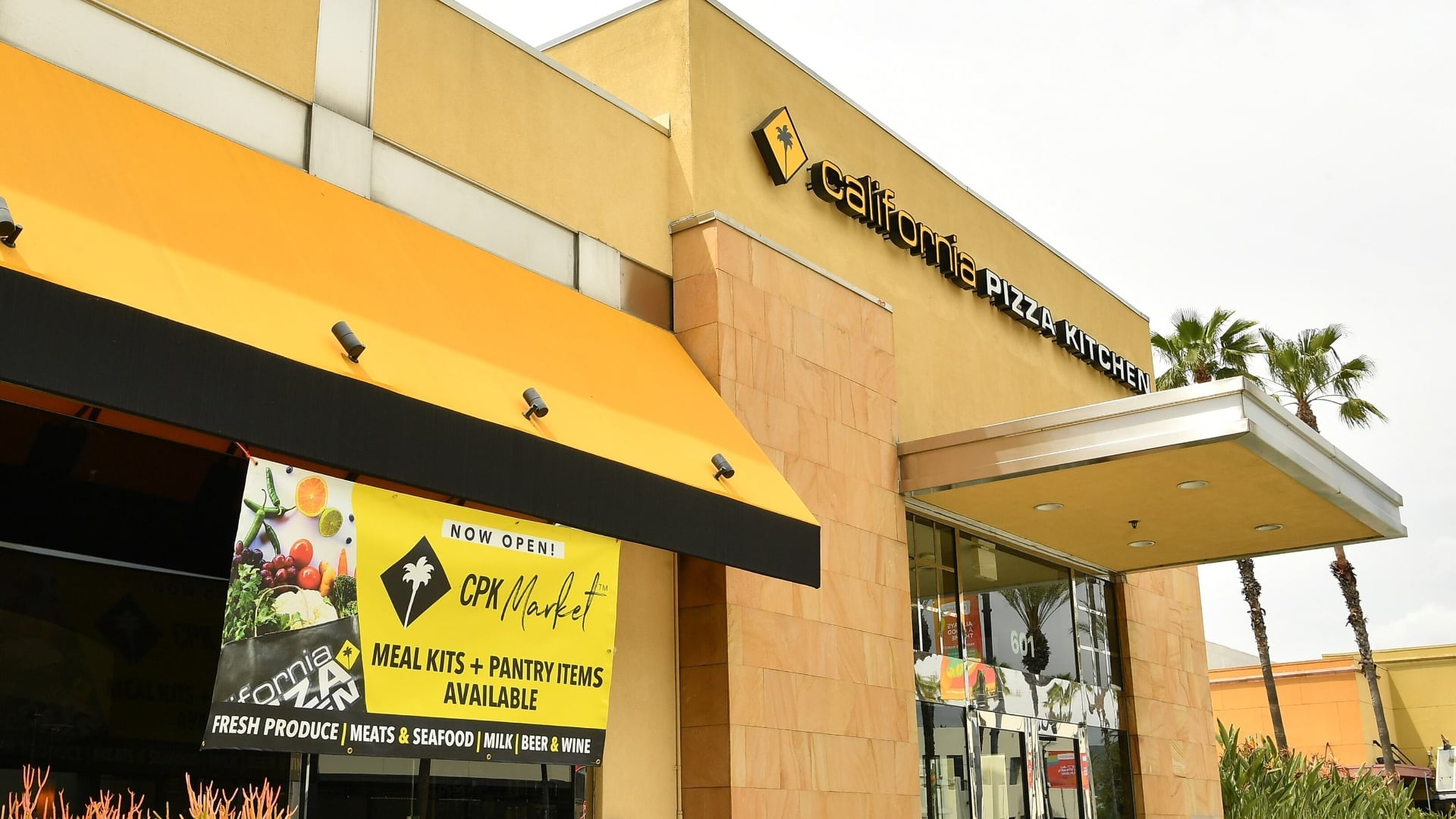*By Chloe Aiello* Nothing says CES like a robot dog powered by sensors ー and that's exactly what Sony brought this year. Sony's ($SNE) robot dog Aibo came back from the dead last year, and now, the robo-pup is getting some cool new upgrades, Sony Electronics President Mike Fasulo told Cheddar's Hope King on Tuesday. "Year one, it's all about companionship," Fasulo told Cheddar's Hope King. "And now ー year two, year three ー it's going to be more of a productivity device, as well. So it's a learning machine with many many sensors inside." The dog developed a cult following in the late '90s when it was first introduced. Sony brought it back at the end of 2017 with a whole new look and plenty of high-tech updates. It debuted in the U.S. in August with an eye-popping $3,000 price tag, and sold out immediately. It sold out again in the U.S. when Sony released more of the product for the holidays. "We've had tremendous success," Fasulo said. The upgraded robot has 22 joints for more realistic mobility, OLED monitors in its emotive eyes and takes pictures through a camera in its nose. Artificial intelligence enables Aibo to learn with its owner, Fasulo said, as well as help it to recognize up to 100 faces. Right now, as Fasulo mentioned, this technology is primarily being used to make Aibo a lovable companion. But going forward, Sony will focus on introducing more useful features. "We have not come to the show armed with, 'Hey Aibo is now going to vacuum your carpet,'" Sony spokesperson Cheryl Goodman said. "We are on a path where the consumer needs to see a utility. As Aibo becomes more mature, more refined as a companion, his or her actions will probably solve problems." Perhaps the most interesting of all of Aibo's features are its image sensors. They're similar to those that power much of Sony's consumer technology, including self-driving vehicles, Goodman said. Image sensors are like the eyes of autonomous vehicles, enabling them to spot pedestrians, obstacles, and other vehicles. Image sensors "can see better than the human eye," Fasulo said. Sony, which is a leader in image sensor production worldwide, has ramped up its investments in the self-driving space in recent years and Fasulo said in 2019 Sony is "moving even faster forward." The short-term goal, he said, is using them to create a safety "cocoon" outside of the vehicle. The company has partnered with Bosch, Intel ($INTC) Mobileye, Nissan, Toyota, Hyundai, and Kia on the self-driving technology. "We are all driving towards safety, and innovation in technology," Fasulo said. For full interview [click here](https://cheddar.com/videos/sony-president-talks-screens-speakers-and-robot-dogs).












